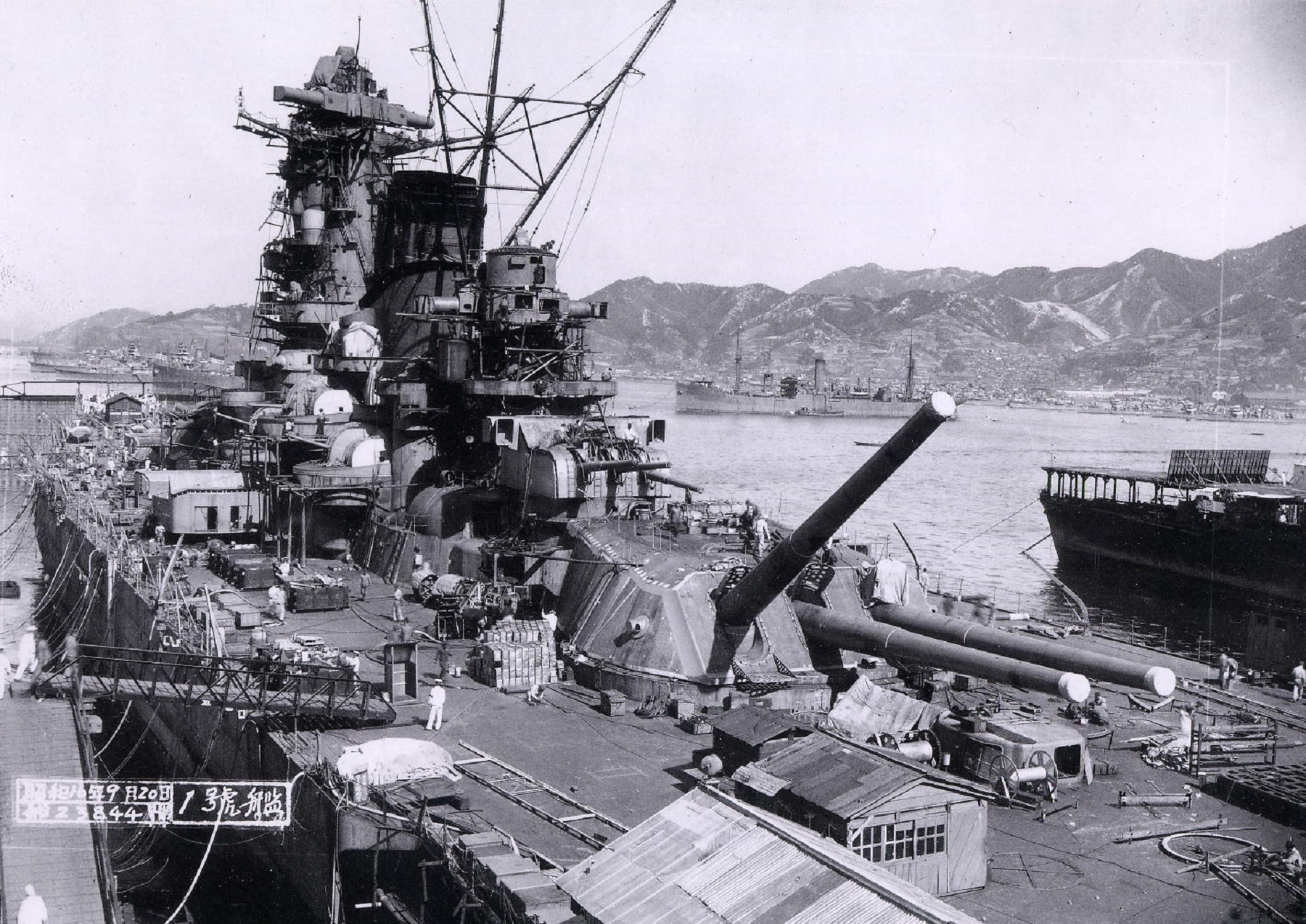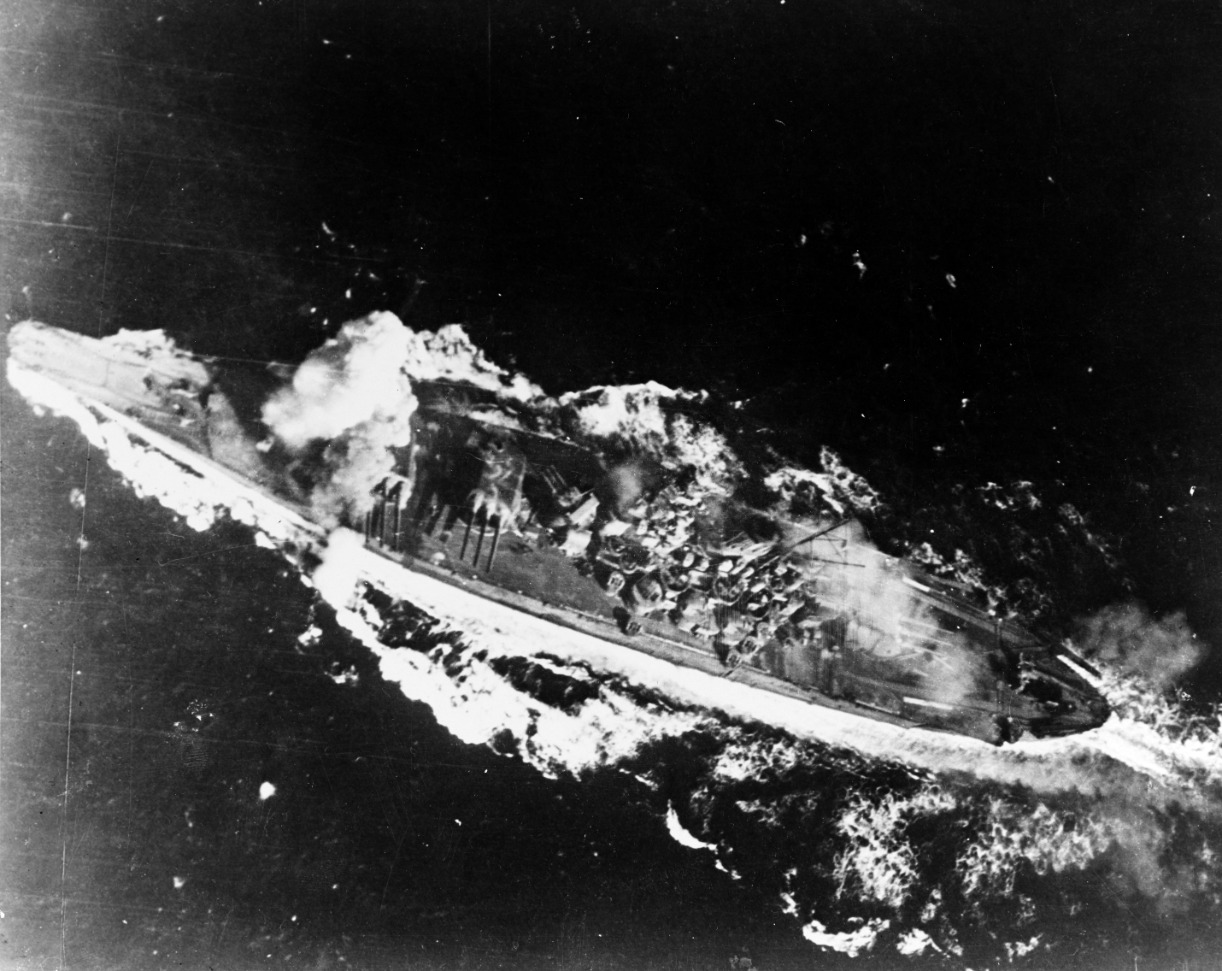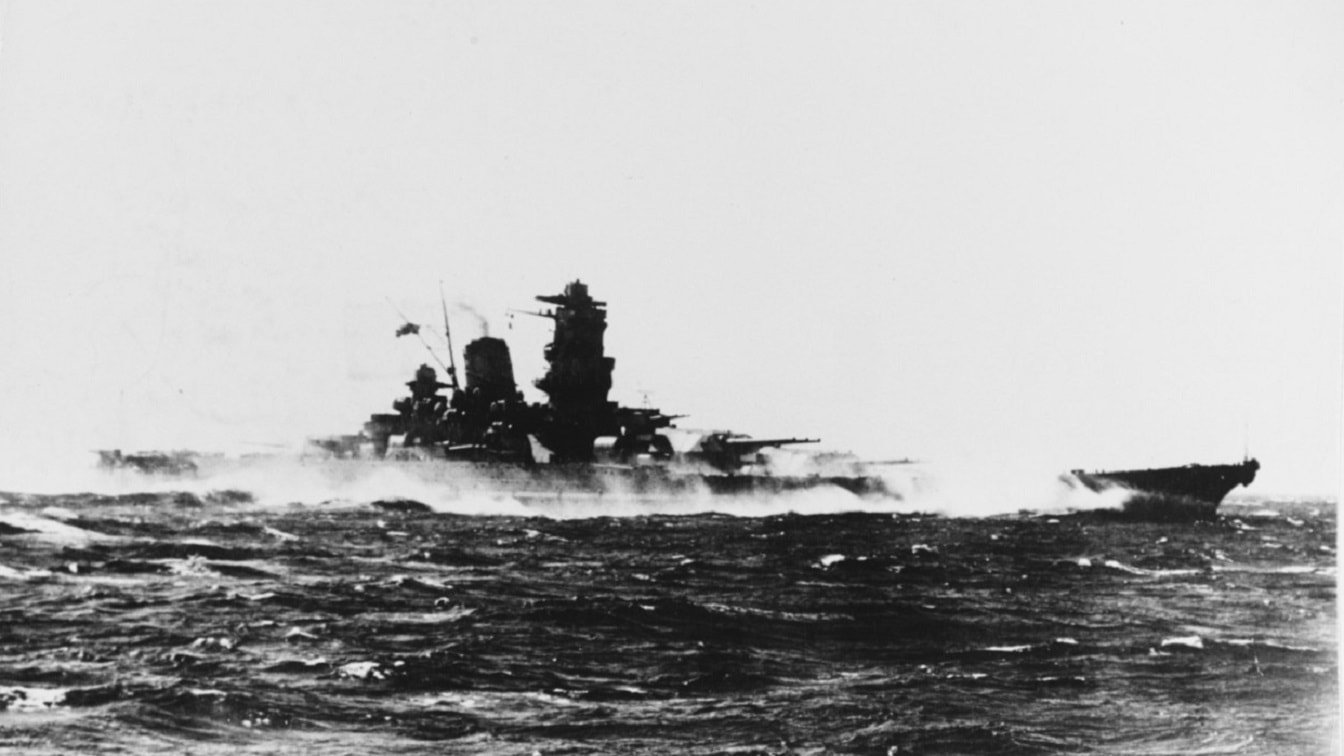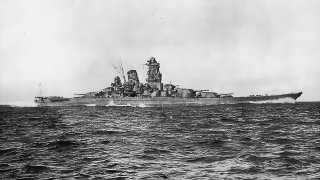A-150 Super Yamato-Class: Japan's Plan for The Most Massive Battleship Ever
Also known as the Super Yamato-class, the Design A-150 battleship program began in late 1938. As conceived by its designers, the warship was to be armed with at least six 510mm (20-inch) guns as well as dozens of smaller caliber weapons.
A-150 was the super battleship Japan dreamed of: Even as the Imperial Japanese Navy saw the potential for aircraft carriers in a future war with the United States, there were those who still believed that a large-gunned and heavily armored battleship could win the day in a slugging match between capital ships. The IJN was already developing what would be the largest warships of the era with the Yamato-class, but some wanted to go even larger.
Also known as the Super Yamato-class, the Design A-150 battleship program began in late 1938. As conceived by its designers, the warship was to be armed with at least six 510mm (20-inch) guns as well as dozens of smaller caliber weapons. As originally envisioned the super battleship was to be 91,000 metric tons (90,000 long tons), and yet somehow was to be fast enough to maintain a speed of 30 knots – faster than the American Navy's North Carolina-class battleships, which could maintain a speed of 27 knots.
The thinking of the day was that the United States could "out build" Japan three to one in a naval arms race, thus the IJN sought to have a far more powerful vessel than any foreign equivalents. This was a policy that went back to the early 20th century when Japan leaped ahead with ever more powerful vessels. The belief was that one large warship could have been able to take on an American fleet.
It would be safe to suggest this could be described as "putting all the eggs in one basket," yet, few still understood the role that airpower would go on to play in the Pacific War. It wasn't until the UK's Royal Navy launched its carrier-based attack on the Italian fleet at Taranto Raid that the Japanese considered such a strike on Pearl Harbor.
A Fortress at Sea
The A-150 was meant to be armed heavily enough that it could blast anything that approached it on the open sea. Early conceptions for what would become the super battleship called for it to be armed with the massive 45-caliber 510mm guns in double or triple turrets. With at least six of the guns, and possibly as many as nine in total, the A-150 could have been a fortress at sea.
Had those guns actually been constructed, they would have been the largest ever fitted to a capital ship, dwarfing the 460mm guns mounted on the Yamato class. There were certainly doubts, but the successful construction of a 480mm (18.9 in) gun in 1920–1921 had made the Japanese confident that such a large weapon could be built.

The A-150 wouldn't have been just a floating fortress, its designers wanted her to be a fast battleship as well. The designers hoped to give the ship a top speed of 30 knots (56 km/h; 35 mph), which would have provided a comfortable margin over the American 27-knot (50 km/h; 31 mph) North Carolina-class battleships.
Perhaps Too Big
At some point common sense came into play. Designing a warship on paper is one thing, building it is entirely another. The grand specifications were even curtailed when tests culminated in a ship that had a displacement of some 91,000 metric tons (90,000 long tons). It was realized that a vessel of such size would be "too large and too expensive."
The program was scaled back considerably, and the result was more of an up-scaled Yamato-class than a true "supersized" battleship. As designs were refined in 1941, the size and capabilities of the ship had been reduced substantially, yet even when it was released, resources would be directed towards aircraft carriers and other smaller warships.

Japan's industry likely couldn't have produced such a warship, and the A-150 was never laid down. Over the years some model kits have been released that proclaim to be the IJN's Super Yamato, but what those are based on is anyone's guess. It is true the plans for the A-150s were finished in early 1941, but those were destroyed at the end of the war. The Japanese government didn't want the extensive research to fall into enemy hands, but perhaps it is because some officials knew it would only get a good laugh for being an audacious design that could never really be built.

About the Author
Peter Suciu is a Michigan-based writer who has contributed to more than four dozen magazines, newspapers and websites. He regularly writes about military hardware, and is the author of several books on military headgear including A Gallery of Military Headdress, which is available on Amazon.com. Peter is also a Contributing Writer for Forbes.
All images are Creative Commons.


